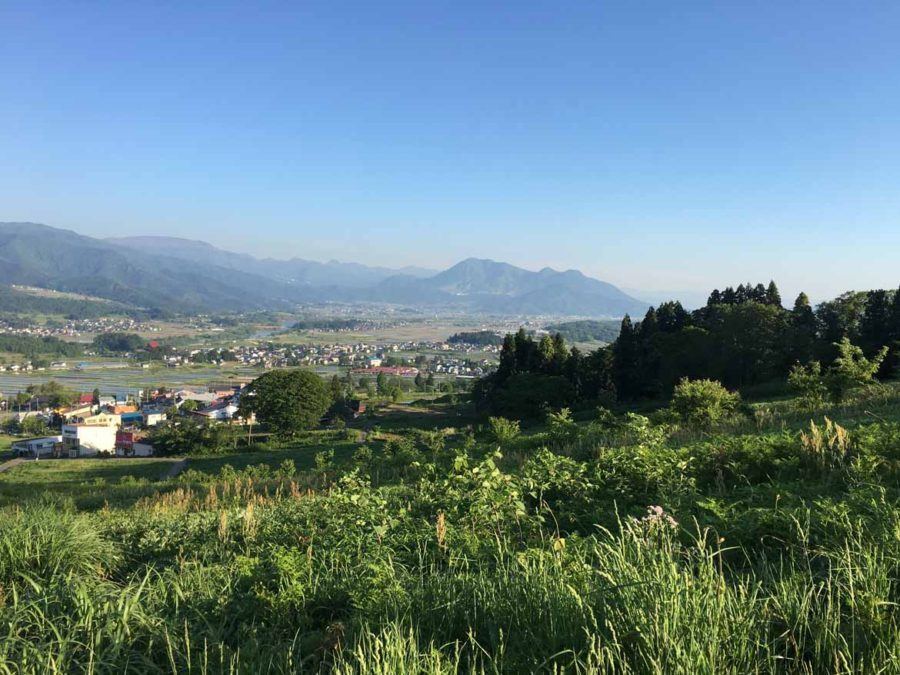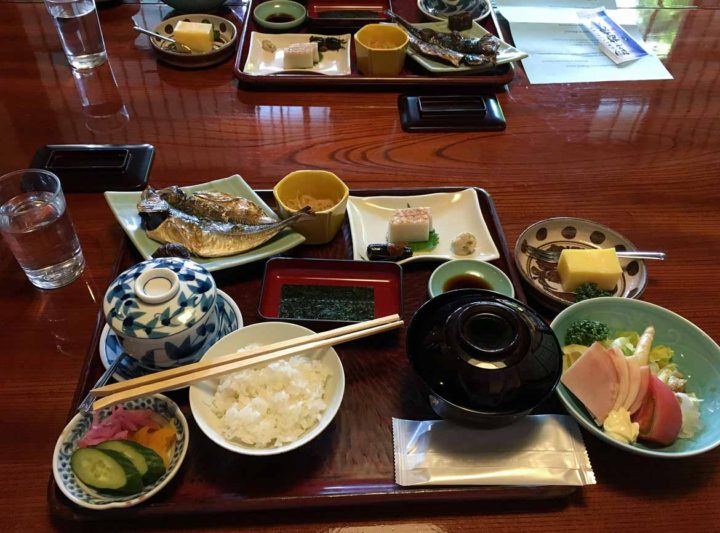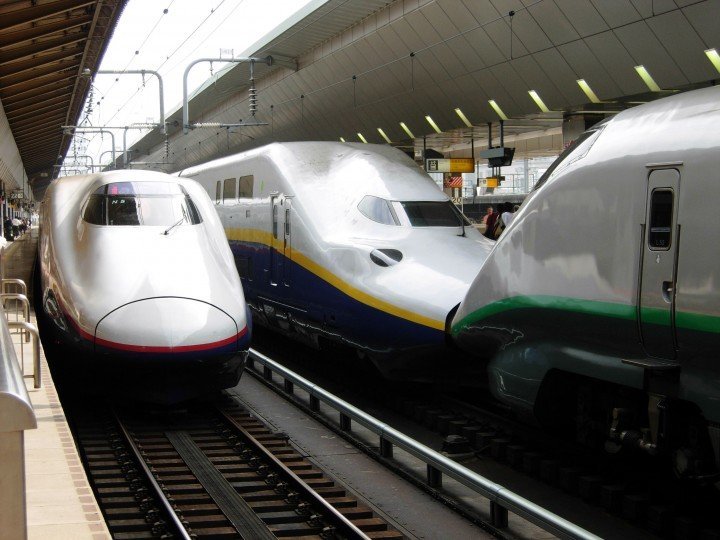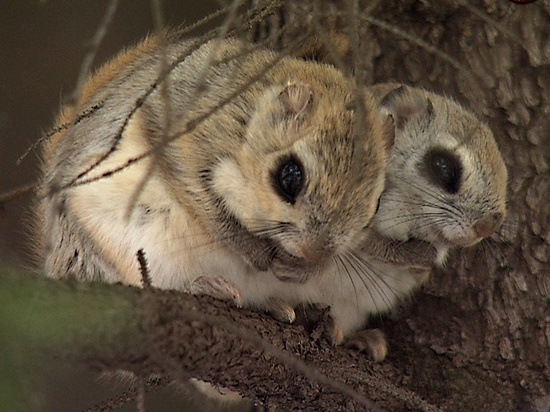Like this post? Help us by sharing it!
Awareness and concerns about sustainable travel have been increasing over the last few years, and rightly so! While it can seem like a task to ‘keep it green’, small changes can make a big difference.
In honour of World Environment Day, here are 5 things you can do on holiday in Japan to reduce your environmental impact.
Sustainable travel
1. Buy reusable chopsticks
Disposable wooden ‘split-apart’ chopsticks can be found across Asian restaurants the world over. In Japan, the use of waribashi is so prevalent that a whopping 24 billion pairs of single use chopsticks were being disposed of every year according to the government’s forestry agency. Unfortunately, their environmental impact doesn’t stop there – 97% of Japan’s waribashi are imported, mainly from China. Many restaurants and convenience stores are introducing reusable chopsticks, but there’s still a long way to go.
InsideJapan Tours recommends buying your own pair of reusable hashi or chopsticks to use in restaurant where waribashi are the only option. As well as curbing unnecessary waste, you’ll have a useful (and often beautiful) souvenir to take home! Ask your InsideJapan travel consultant for their recommendations on the best places to buy them.
2. Use public transport
No Japan adventure would be complete without a ride on a high-speed shinkansen (bullet train). Japan’s public transport system is famous for being amongst the best in the world; in fact, train operator JR West made a formal apology for leaving a station 25 seconds early (something British trains have never had an issue with, more’s the pity…). Why take domestic flights when you can see Mount Fuji out of your train window?
InsideJapan Tours recommends taking trains, buses and walks rather than planes and taxis. Not only does it lower your environmental impact, but you have the chance to escape the tourist bubble to travel as the locals do – a big part of the adventure. All of our tours use public transport wherever possible.
3. Return your IC card
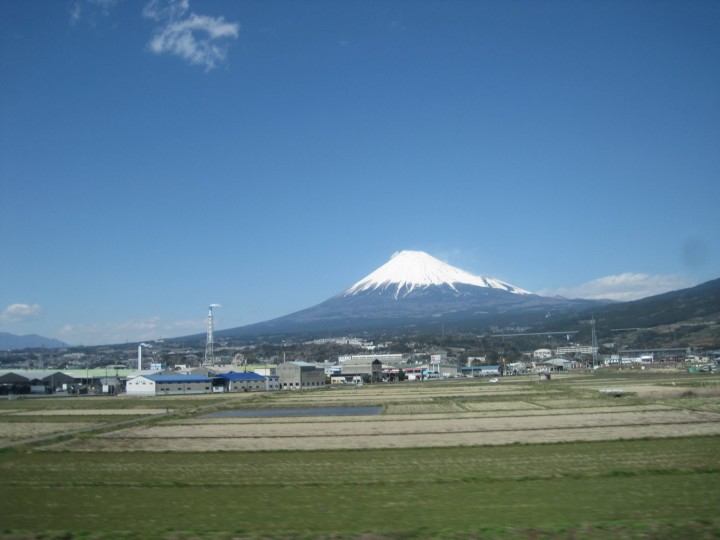
You may have already heard of the handy IC cards (Japan’s Oyster card equivalent). They make travelling through Japan’s famed transport network painless for only a 500 yen deposit, so don’t go throwing that IC card in the bin at the airport – there’s still money in it!
InsideJapan Tours recommends remembering to return your IC card before you leave Japan. You’ll receive your 500 yen deposit (minus a small handling fee) PLUS any unused credit remaining on the card. If you are travelling with us, you can send your IC card to our Nagoya office at the end of your trip and we will return your IC card for you, giving all of your deposit and unused credit to our chosen charity Second Harvest.
4. Take refillable water bottle and reusable bags

Whether you are travelling or at home: refill not landfill. It’s harder to stay pre-planned when you are travelling, and its convenient to grab a bottle of water from a store on a sunny day, but every extra bottle you purchase is another piece of plastic in the ocean…
InsideJapan Tours recommends taking a refillable water bottle and reusable bags everywhere you go in Japan. Tap water is safe to drink and water fountains are often dotted around towns. Hotels, cafes and restaurants are happy to refill water bottles before you leave as well!
If you do purchase a bottle of water or want to try an exciting flavour from one of millions of vending machines in Japan, recycle your bottle in the correct public bin. Your InsideJapan travel consultant can advise you how to politely decline a plastic bag with the phrase: ‘fukuro wa iranai desu’ (I don’t need a bag).
5. Research wildlife experiences thoroughly
Japan has some amazing wildlife, from red-crowned cranes, Stellar’s sea eagles and other brilliant birds to bears, monkeys and flying squirrels. If you are looking for a close-up experience, it is hard to know whether the animals are treated well when the visitors leave, particularly at zoos or tourist attractions.
InsideJapan Tours recommends thoroughly researching any wildlife experience. If you are planning through a travel agency, check their animal welfare policy. We only support wildlife experiences and operators with proven high standards such as Picchio Wildlife Research Center for a Flying Squirrel Watching tour or Dr Sumio Okada’s Giant Salamander conservation in Daisen-Oki National Park.
We feel strongly about protecting the planet where we can and reducing the environmental impact of travel. For more information, get in touch with Sophie, our Sustainable Tourism Officer or drop us a line to plan your (environmentally friendly) holiday to Japan.


